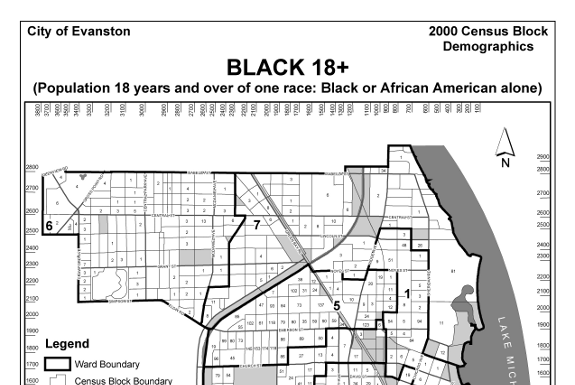This weekend is the Independent Media Mobile Hackathon in Chicago, an event sponsored by The Media Consortium and Hacks/Hackers. A few of the Knight Scholars taking the Community Media Innovation Project at Medill were brainstorming ideas for the hackathon. We talked about collecting public feedback using mobile devices to do citizen’s agenda style reporting of the upcoming Chicago Mayoral race and using Ushahidi to report and track neighborhood safety concerns.
But the idea I’m most excited about is one that comes from looking at interviews with Evanston residents for the innovation project class. One theme that comes up consistently when talking to people about Evanston is that the community is diverse, with the public schools being a frequently-cited reflection of the community’s diversity. However, a number of people interviewed also said the community is economically and racially segregated.
I want to build a mobile app that forefronts the integration or segregation of different spaces in the community. Users of the app would “check in” to different spaces along with a quick numeric assessment of the racial, gender and/or age integration of the space where they are. One of the most difficult problems would be to develop this metric, a sort of folk dissimilarity index, and make a widget that would make providing this assessment easy and fun. Users could then get a weekly/monthly aggregation of the integration of the places where they spend the most time. They could also see the most popular, integrated and segregated places in their community and see how the integration of places might change over time or be different at different times of day.
In many ways, this is a racially (or more broadly, demographically) aware Foursquare. But Andrew Paley pointed out an important distinction: while most social apps help users build and share their own idea of their identity (in Foursquare by aligning themselves with certain businesses that likely reflect their lifestyle), this app would compel users to be introspective about their lives rather than expressive. It would help users be conscious of the segregation or integration of their lives and challenge how values and belief about race and integration match up with their daily routines. This app could be one example in a broader problem space of introspective apps.

